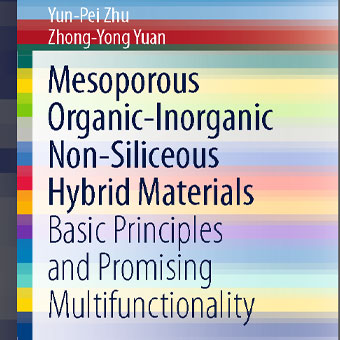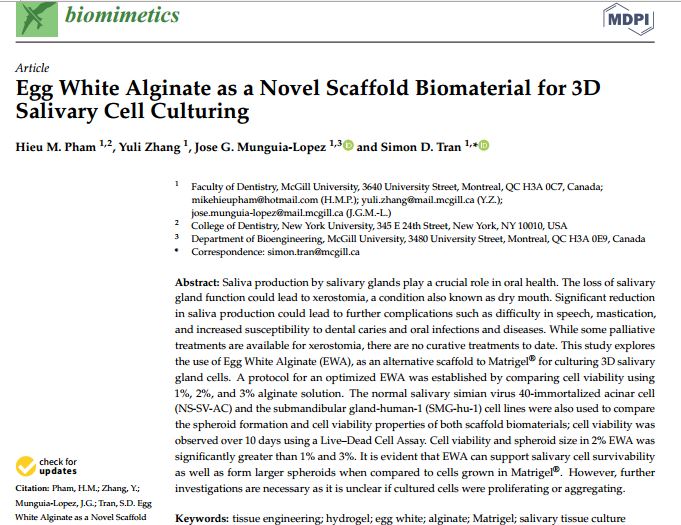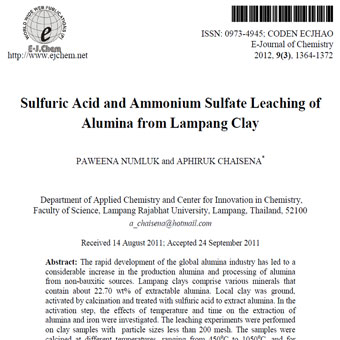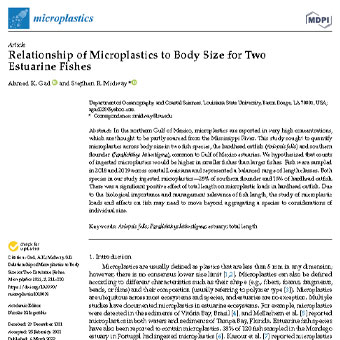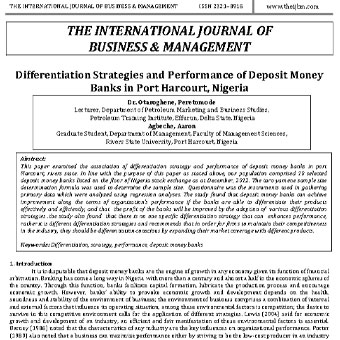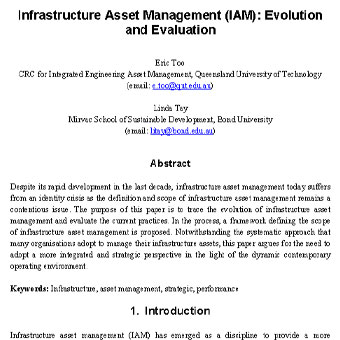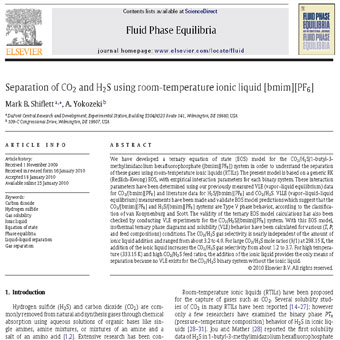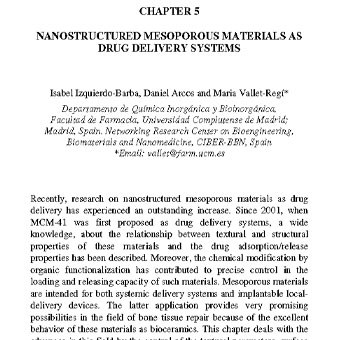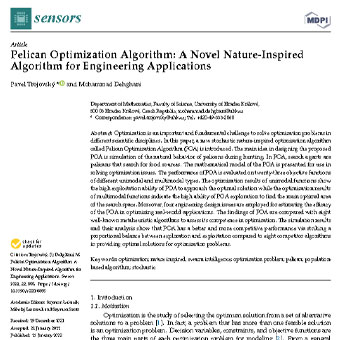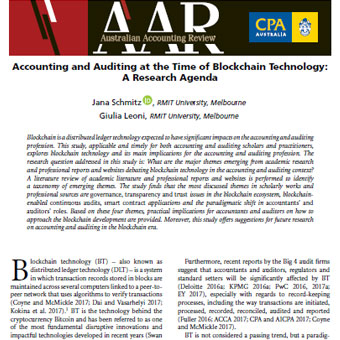عنوان فارسی مقاله:مواد هیبرید سیلیسی غیر آلی و آلی مزو متخلخل
چکیده
مواد متخلخل با چارچوب هیبرید آلی- معدنی، از اهمیت زیادی برای بسیاری از جوامع علمی برخوردار هستند. طراحی منطقی مواد هیبریدی مزوپور (مزومتخلخل) با کارکرد های ویژه بسیار مهم است. در این بخش، پس از توصیف مختصر مواد مزومتخلخل، مفهوم مواد هیبریدی آلی- غیر آلی و محدودیت ارگانوسیلیکان مزومتخلخل دوره ای ارایه شده و پس از آن هیبرید های آلی-غیر آلی غیر سیلیسی مزومتخلخل از جمله فسفونات های فلزی، سولفونات ها و کربوکسیلات ها بررسی می شوند.
امروزه، توسعه مواد جدید بر طراحی منطقی سیستم های پیشرفته با خواص ویژه قابل پیش بینی و قابل کنترل، با هدف استفاده در زمینه های فناوری از قبل تعیین شده، متمرکز می باشد. این نشان می دهد که تحقیقات در زمینه علم مواد بایستی بر مبنای معیار های چند رشته ای باشد که به موجب آن، امکان طراحی و تولید مواد خاص فراهم می شود. مواد هیبریدی آلی-غیر آلی در واقع، موادی مهم و مفید در حوزه علم مواد می باشند. تعداد بسیار زیادی از گروه های عاملی آلی، کنترل دقیق واحد های غیر آلی و مجموعه ها و آرایشات منحصر به فرد باعث شده است تا آن ها پتانسیل قابل توجهی در تولید مواد جدید فراتر ترکیبات سنتی و مرسوم داشته باشند، حوزه ای که در آن نانوکامپوزیت ها به سمت مرز کشف مواد کارکردی پیشرفته حرکت می کنند. به علاوه، معرفی مفهوم مزومتخلخل و تخلخل سلسله مراتبی در قالب های هیبریدی، موجب توسعه و گسترش کاربرد آن ها از زمینه های سنتی به زمینه های پیشرفته شده است. در نتیجه، ظهور شیمی هیبرید (ترکیبی) و ساختار های متخلخل فرصت های عظیمی را برای توسعه مواد عاملی یک زمینه مفید برای کنترل فعالیت فیزیوشیمیایی، الکتروشیمیایی و زیستی هزاران مواد الی و غیر آلی فراهم کرده و امکان استفاده از آن ها را در تحقیقات علمی و زمینه های کاربردی فراهم می کند. ارایه یک فهرست جامعی از محتوایی که به طور مناسب بتواند خانواده بزرگ و جذاب مواد هیبریدی (ترکیبی) آلی-غیر آلی را توصیف کند، غیر ممکن است. در عوض، ما تلاش کرده ایم تا برخی از انواع نوظهور را از جمله فسفونات های فلزی ، کربوکسیلات و سولفانات ها که نمونه ای از مواد هیبریدی آلی-غیر آلی غیر سیلسی هستند که بیانگر الگویی از یک رشته می باشند که به طور دقیق، اصول اولیه و طیف وسیعی از ویژگی ها و زمینه های عملکردی را نشان می دهد. این کتاب متشکل از شش فصل است. مقدمه فصل ۱، طبقه بندی مواد متخلخل را توصیف می کند. برای درک بهتر مواد هیبریدی، فصل ۲ تاریخچه توسعه مواد هیبریدی و راهبرد های تلفیق قطب های آلی و غیر آلی را نشان می دهد. مسیر های سنتز و ساخت مواد هیبریدی غیر سیلیسی مزو متخلخل و عوامل کلیدی نظیر پیش ساز ها، سورفاکتانت ها، تعدیل مزوساختار ها و اندازه منافذ، بهبود تبلور دیواره منافذ و خلل و فرج علاوه بر کنترل مورفولوژی، در فصول ۳ و ۴ تشریح می شوند که این فصول اطلاعاتی را در خصوص سنتز مواد هیبریدی غیر سیلیسی مزومتخلخل با کیفیت بالا ارایه می کند. در فصل ۵، کاربرد های مواد هیبریدی مزو متخلخل و بحث های مربوط به رابطه ساختار- عملکرد[۱] ارایه می شود. بدیهی است که زمینه های هیبریدی مزو متخلخل برای بسیاری از محققان رشته های مختلف برای کشف کاربرد های جذاب آن ها جالب هستند. در نهایت، جدید ترین فرایند ها در زمینه توسعه مواد هیبریدی آلی-غیر آلی غیر سیلیسی مزو متخلخل مرور شده و یک چشم اندازی در خصوص مراحل بعدی ارایه می شود.در قرن بیست و یکم، علم نانو و نانوتکنولوژی سم قابل توجهی در پیشرفت علم و فناوری خواهد داشت. مواد هیبرید نقش مهمی در طراحی و تولید مواد عاملی پیشرفته ایفا می کنند. اخیرا، رویکرد های مولکولی در سنتز شیمیایی و نانوشیمی به بالاترین سطح پیشرفت خود رسیده است. سنتز مواد هیبریدی مزوپور از اهمیت بسیار زیادی برخوردار است. امیدواریم که این کتاب به محققانی که علاقه مند به مواد هیبریدی متخلخل هستند کمک کرده و الهام بخش آنها باشد. به دلیل بررسی طیف وسیعی از موضوعات در این کتاب و دانش محدود و مهارت محدود نویسندگان، خطا ها و حذفیات اجتناب ناپذیر هستند، از این روی ما به طور صادقانه انتقادات و نظرات خوانندگان را می پذیریم.
- لینک دانلود فایل بلافاصله بعد از پرداخت وجه به نمایش در خواهد آمد.
- همچنین لینک دانلود به ایمیل شما ارسال خواهد شد به همین دلیل ایمیل خود را به دقت وارد نمایید.
- ممکن است ایمیل ارسالی به پوشه اسپم یا Bulk ایمیل شما ارسال شده باشد.
- در صورتی که به هر دلیلی موفق به دانلود فایل مورد نظر نشدید با ما تماس بگیرید.
 متن به فارسی | ترجمه مقالات و متون علمی | ترجمه و دانلود مقالات و انواع متون علمی و ادبی و پذیرش سفارش ترجمه
متن به فارسی | ترجمه مقالات و متون علمی | ترجمه و دانلود مقالات و انواع متون علمی و ادبی و پذیرش سفارش ترجمه
